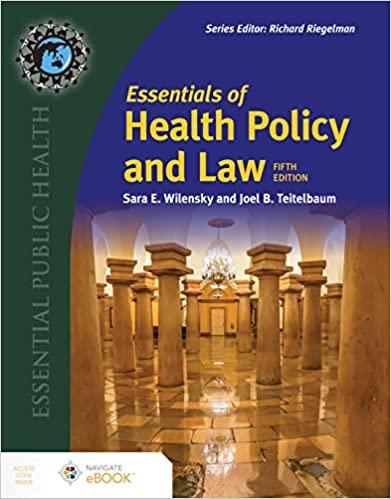I need a clear explanation on the following assignments, thanks
A company incurs a liability to pay $1, 000(1+ 0.4/) at the end of year /, for / equal to 5, 10, 15, 20 and 25. It values these liabilities assuming that in the future there will be a constant effective interest rate of 7% per annum. An amount equal to the total present value of the liabilities is immediately invested in two stocks: Stock A pays coupons of 5% per annum annually in arrears and is redeemable in 26 years at par. Stock B pays coupons of 4% per annum annually in arrears and is redeemable in 32 years at par. The gross redemption yield on both stocks is the same as that used to value the liabilities. (i) Calculate the present value of the liabilities. [3] (ii) Calculate the discounted mean term of the liabilities. [3] (iii) If the discounted mean term of the assets is the same as the discounted mean term of the liabilities, calculate the nominal amount of each stock which should be purchased. [9] [Total 15]A stochastic interest rate model assumes that the annual growth factors for each future year are independently distributed lognormal random variables with parameters # = 0.05 and o- = 0.01. Calculate the mean and standard deviation of the annual rate of return. [3] (ii) Calculate the median and the upper and lower quartiles of the distribution of the annual rates of return. [4] (iii) Comment on the relative sizes of the mean, median and mode of the annual rate of return. [2] (iv) A single payment of $10,000 must be made at the end of 5 years. Calculate the probability that a single initial investment of $7,250 will be sufficient to meet the liability for this payment. [3] (v) State, with reasons, whether the probability calculated in (iv) would be greater or smaller if the interest rate model assumed an unknown interest rate that was constant in all future years (with the same basic distribution), rather than assuming that the rates for each year are independent. [3] [Total 15]An investor has to pay a lump sum of 20,000 at the end of fifteen years from now and an annuity certain of $5,000 per annum payable half-yearly in advance for twenty-five years, starting in ten years' time. The investor currently holds an amount of cash equal to the present value of these two liabilities valued at an effective rate of interest of 7% per annum. The investor wishes to immunise her fund against small movements in the rate of interest by investing the cash in two zero coupon bonds, Bond X and Bond Y. The market prices of both bonds are calculated at an effective rate of interest of 7% per annum. The investor has decided to invest an amount in Bond X sufficient to provide a capital sum of (25,000 when Bond X is redeemed in ten years' time. The remainder of the cash is invested in Bond Y . In order to immunise her holdings: (i) calculate the amount of money invested in Bond Y, and [5] (ii) determine the term needed for Bond Y and the redemption amount payable on the maturity date. [10] (iii) Without doing any further calculations, state which other condition needs to be satisfied for immunisation to be achieved successfully. [2] [Total 17]









